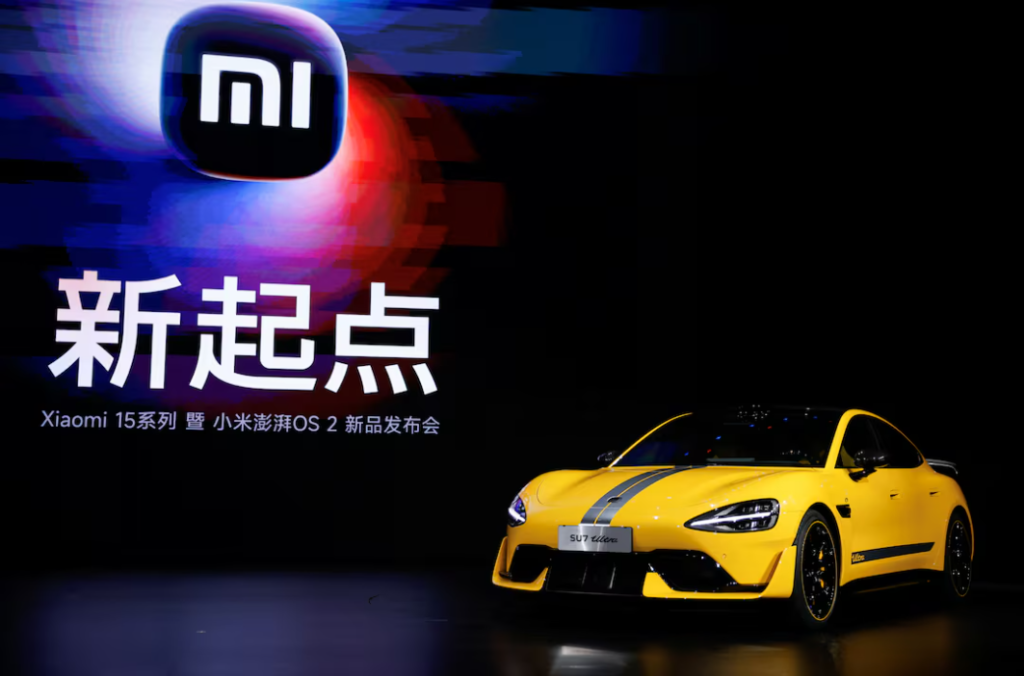
China’s Ministry of Industry and Information Technology announced on April 17, 2025, that automakers will no longer be allowed to describe driver‑assistance systems as “smart driving” or “autonomous driving” in their advertising. The decision comes amid rapid growth in electric‑vehicle sales—now accounting for over half of all new car purchases in China—and follows a high‑profile accident involving the Xiaomi SU7 sedan earlier this year.
According to ministry guidelines, any over‑the‑air software update that enhances driving assistance features must undergo thorough reliability testing and receive formal regulatory approval before being deployed to vehicles in the field. Until now, many manufacturers have relied on remote updates to refine their ADAS (advanced driver‑assistance systems) after customer delivery, but regulators say this practice risks introducing unvetted changes that could compromise safety.
In March, a Xiaomi SU7 equipped with ADAS reportedly returned control to its human driver at roughly 97 kph, seconds before the vehicle struck a roadside barrier, caught fire, and resulted in a fatality. That incident prompted widespread scrutiny of how manufacturers communicate the limits of their technology to buyers. Beijing officials stressed that terms like “autonomous” can create unrealistic expectations, potentially encouraging drivers to over‑rely on assistance features that are not designed to replace human oversight.
The new restrictions arrive alongside tougher battery‑safety standards aimed at reducing the risk of fires and explosions in electric and hybrid vehicles. Industry analysts warn that smaller EV startups may struggle under these heightened compliance requirements, potentially speeding up consolidation in China’s already crowded auto market. At the same time, established players will face steeper development costs and longer lead times as they reshape both their testing protocols and their marketing strategies.
As China moves to tighten oversight, automakers and technology providers will need to adjust quickly, ensuring that innovation in intelligent vehicles is matched by clear communication and rigorous safety validation.



